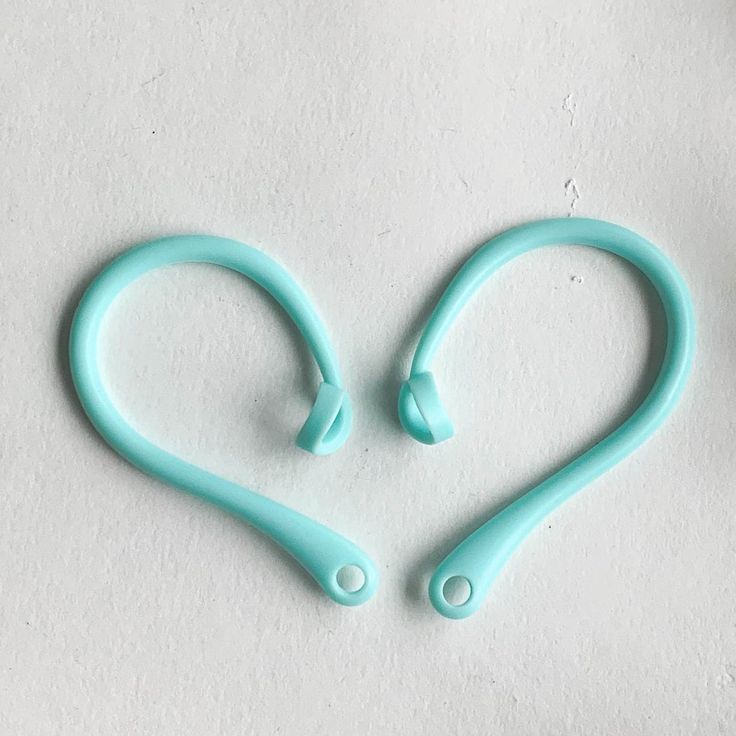In today’s world of smartphones and adventure, capturing underwater moments has become increasingly popular. Waterproof cases offer a shield against the elements, allowing you to take your device on aquatic escapades. But a key question arises: Can a waterproof case truly go underwater? Let’s explore the science of waterproofing, different case types, and essential precautions to ensure your device stays safe and dry beneath the waves.
Understanding Waterproof Cases: A Shield Against the Elements
Waterproof cases are designed to create a barrier between your device and water, protecting it from damage. They achieve this through various mechanisms and materials.
Ingress Protection (IP) Ratings
Most waterproof cases have an IP rating, indicating their level of protection against dust and water ingress. The most common rating for waterproof phone cases is IPX8, which signifies protection against continuous submersion in water up to a specified depth.
Seals and Gaskets
Waterproof cases utilize seals, gaskets, and O-rings to create a watertight barrier around your device. These seals prevent water from seeping into the case and damaging your phone.
Materials
Waterproof cases are typically constructed from durable materials like polycarbonate or thermoplastic polyurethane (TPU), offering both protection and water resistance.
Diving Deeper: Types of Waterproof Cases
Several types of waterproof cases are available, each catering to different needs and levels of water exposure.
-
Universal Waterproof Pouches: These flexible pouches are designed to fit a variety of phone sizes. They offer basic protection against water and are suitable for activities like swimming, snorkeling, or beach trips. However, they might limit touch screen functionality and image quality underwater.
-
Hard Shell Cases: These rigid cases provide a higher level of protection against drops, impacts, and water damage. They often feature clear windows for capturing photos and videos underwater. However, they can be bulkier and might limit access to certain phone functions.
-
Waterproof Cases with Built-in Functionality: Some waterproof cases offer additional features like built-in lenses for enhanced underwater photography or even floating capabilities to prevent your phone from sinking if dropped.
Choosing the Right Waterproof Case
- IP Rating: Pay attention to the case’s IP rating to ensure it provides the necessary level of protection.
- Compatibility: Make sure the case is compatible with your phone model and offers access to all necessary ports.
- Functionality: Consider any additional features you might need, such as a lanyard attachment, floating capability.

Testing the Waters: Ensuring a Watertight Seal
Before taking your waterproof case for a swim, it’s crucial to test its seal to ensure it’s truly watertight.
-
The Paper Towel Test: Place a dry paper towel inside the empty case, seal it tightly, and submerge it in a bowl of water for a few minutes. If the paper towel remains dry, the seal is intact.
-
Visual Inspection: Carefully inspect the case’s seals and gaskets for any signs of wear, damage, or debris that could compromise its waterproofness.
-
Re-Seal if Necessary: If you notice any issues with the seal, follow the manufacturer’s instructions to clean and re-seal the case.
Submersion Depth and Duration: Understanding the Limits
While waterproof cases are designed to withstand water exposure, it’s essential to understand their specific depth and duration limits to ensure your phone’s safety.
-
IPX8 Rating: Most waterproof phone cases have an IPX8 rating, which signifies protection against continuous submersion in water up to a specified depth and duration. Common depths range from 1.5 meters (5 feet) to 30 meters (100 feet) or even deeper, depending on the case’s specifications.
-
Check the Manufacturer’s Instructions: Always refer to the manufacturer’s instructions for your specific case to determine its exact depth and duration limits. Exceeding these limits can compromise the case’s seal and lead to water damage to your phone.
-
Water Pressure: As you descend deeper underwater, the water pressure increases, putting additional stress on the case’s seals and gaskets. Choose a case with a depth rating suitable for your intended activities, whether it’s casual swimming, snorkeling, or deep-sea diving.
Duration Considerations:
-
Short-Term vs. Prolonged Submersion: Even with a high IPX8 rating, it’s advisable to limit your phone’s underwater exposure to short durations, typically 30 minutes or less. Prolonged submersion can put additional strain on the case’s seals and increase the risk of water ingress.
-
Water Temperature: Extreme water temperatures, especially hot water, can affect the case’s material and potentially compromise its seal. Avoid using your waterproof case in hot tubs, saunas, or other environments with high temperatures.

Beyond Water: Protection from Other Elements
Waterproof cases offer more than just protection against water. They can also safeguard your phone from other environmental hazards.
-
Dust and Sand: The sealed design of waterproof cases prevents dust, sand, or other debris from entering and damaging your phone’s delicate components.
-
Snow and Ice: If you’re skiing, snowboarding, or simply enjoying a snowy day, a waterproof case can protect your phone from moisture and potential damage from cold temperatures.
-
Mud and Dirt: For outdoor adventures like hiking or camping, a waterproof case keeps your phone safe from mud, dirt, and other grime that can accumulate during your explorations.
Functionality and Usability: Maintaining Access and Performance
While waterproof cases prioritize protection, it’s essential to choose one that doesn’t compromise your phone’s functionality and usability.
-
Touchscreen Accessibility: Most waterproof cases allow for touchscreen operation, but the sensitivity might be slightly reduced underwater.
-
Clear Windows for Photography: If you plan on taking photos or videos underwater, choose a case with a clear window that allows for unobstructed camera access.
-
Button and Port Access: Ensure the case provides access to essential buttons and ports like the charging port or headphone jack, allowing you to use your phone’s functionalities even while it’s protected.
-
Sound Quality: Some waterproof cases can muffle sound slightly. If you plan on using your phone for calls or listening to music while in the case, consider options with enhanced audio capabilities or built-in speakers.
Choosing the Right Case: Factors to Consider
With a variety of waterproof cases available, selecting the best one for your needs and preferences involves careful consideration of several factors.
-
IP Rating: Pay attention to the case’s IP rating to ensure it provides the necessary level of protection for your intended activities. Choose a case with an IPX8 rating for underwater use.
-
Compatibility: Make sure the case is compatible with your specific phone model and offers access to all necessary ports and buttons.
-
Functionality: Consider any additional features you might need, such as a lanyard attachment, floating capability, or built-in lens for underwater photography.
-
Durability: Choose a case made from durable materials that can withstand the rigors of your activities and provide long-lasting protection.
-
User Reviews: Consult online reviews a.nd customer testimonials to get insights into the performance, durability.

Maintenance and Longevity: Keeping Your Case Watertight
Even the most durable waterproof cases require proper care and maintenance to ensure their continued effectiveness in protecting your phone.
-
Regular Inspections: After each use, carefully inspect your case for any signs of wear and tear, such as cracks, tears. Address any issues promptly to prevent water ingress.
-
Cleaning: Clean your case regularly with mild soap and water to remove any dirt, sand, or salt residue.
-
Drying: After cleaning, dry the case thoroughly before storing it. Moisture trapped inside the case can lead to mold or mildew growth.
-
Re-Sealing: Some waterproof cases require periodic re-sealing of the gaskets or O-rings to maintain their watertightness. Follow the manufacturer’s instructions for re-sealing procedures and recommended intervals.
Conclusion
Waterproof cases are indeed designed to go underwater, offering protection and peace of mind for those who want to capture underwater moments or enjoy their devices in aquatic environments. However, it’s crucial to choose a case with an appropriate IP rating, test its seal before use, and follow the manufacturer’s instructions for proper care and maintenance.
By prioritizing safety and selecting a reliable waterproof case, you can confidently explore the underwater world and create lasting memories without worrying about damaging your phone.










